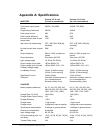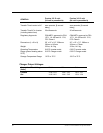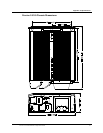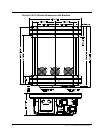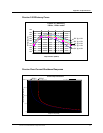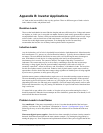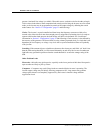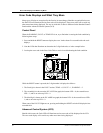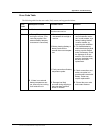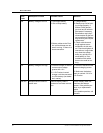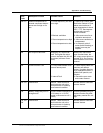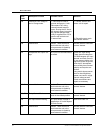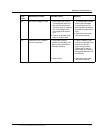
Problem Loads in Load Sense
86 Prosine 2.5/3.0 Installation & Operation Guide
present a load until line voltage is available. When this occurs, each unit waits for the other to begin.
To drive these loads either a small companion load must be used to bring the inverter out of its search
mode, or the inverter may be programmed to remain at full output voltage by defeating the search
mode feature. See “Section 3: Configuration” (page 25 and following).
Clocks- The inverter’s crystal controlled oscillator keeps the frequency accurate to within a few
seconds a day. Most clocks do not draw enough power to trigger the load sensing circuit. In order to
operate without other loads present, the load sensing will have to be defeated. See “Load Sense”
information in “Section 3: Configuration” (page 25 and following). Clock accuracy is also affected by
the accuracy of the generator. The best solution is to buy a battery-operated clock, or a clock that is not
dependent on line frequency or voltage. Any clock with a crystal controlled oscillator will probably
work just fine.
Searching- If the amount of power a load draws decreases after it turns on, and if this “on” load is less
than the load sensing threshold, it will be turned alternately on and off by the inverter. Incandescent
light bulbs may present this problem when the search threshold is set near the wattage rating of the
bulb.
Other Problem Loads
Electronics- AM radios may pick up noise, especially on the lower portion of their band. Inexpensive
tape recorders are likely to pick up a buzz.
Computers - Computers may crash if large loads are started while the inverter is operating. The
inverter output voltage may fall briefly, allowing computers to fall. Large motors may generate
voltage spikes that are not completely suppressed by the inverter's internal voltage transient
suppression circuit.




